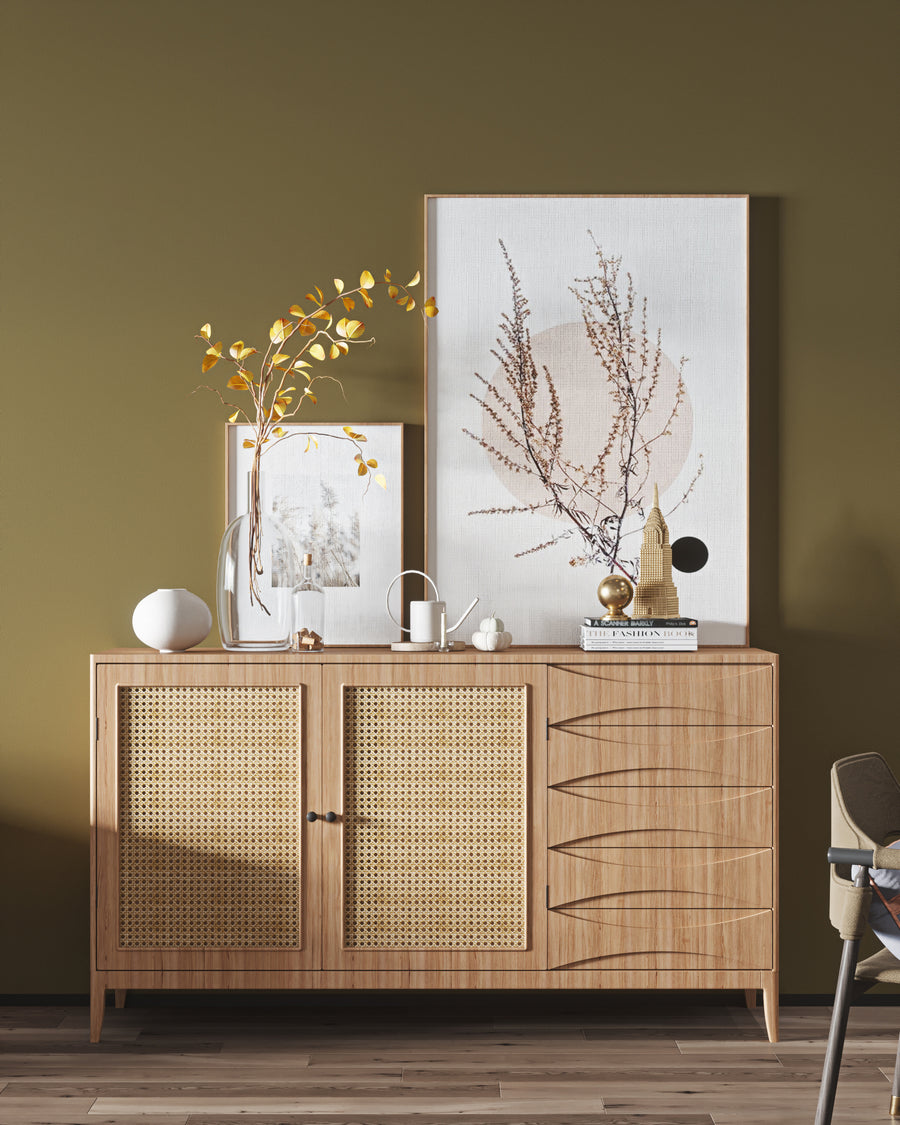Gimbal Downlight Application Guide

Gimbal Application Guide

Ceiling Height
The higher the ceiling, the further the light source is from the surface you need to illuminate. When using a gimbal downlight with a narrower beam angle (60°) the intensity of the light that hits the floor is greater than if you use a fixed downlight with a wide beam angle (120°). With a wide beam angle, light is dispersed into the air, leaving the surface area darker.

Task lighting applications
Do you need general lighting or task lighting? What needs to be illuminated in the room?
If your light source has a narrow beam, it allows the light to be concentrated onto surfaces where the task is achieved.
A wide beam will not allow light to reach the surface that needs to be illuminated. The wide beam option is preferred in ambient or general lighting.

Sloped ceilings
Do you wish to direct the light in a specific area? With the LED gimbal downlight, the module can be rotated 360° and tilted 18° downward to the area you want to illuminate.
With a fixed LED downlight however, the direction of the light cannot be changed. Therefore, a specific area of a room or space cannot be illuminated.
Accent lighting applications
If you wish to focus on or highlight a specific area, the narrow beam of the LED gimbal downlight and its 18° tilting capability allows you to illuminate a specific accent piece in a space.
With a fixed LED Downlight, the direction of light cannot be changed, thus lighting an accent piece is not possible.
Demand is high for deepset gimbals
We currently have a huge surge in gimbal fitting orders, due to increasing demand, from end users & electricians.
Electricians have expressed difficultly in finding a great quality and low-priced deepset gimbal fitting. The majority of suppliers are offering fittings at a very high premium, normally with low quality specs. Its also important that you are purchasing fittings which are RCM compliant.






